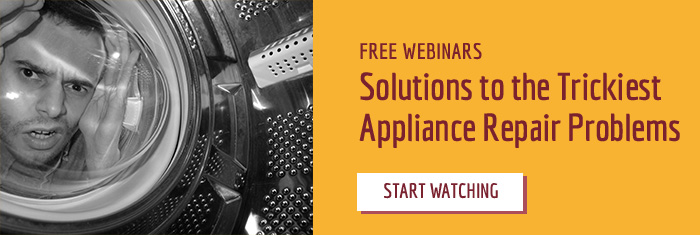FAQs | Repair Videos | Academy | Newsletter | Contact
DISCLOSURE: We may earn a commission when you use one of our coupons/links to make a purchase.
-
Upcoming Events
-
27 April 2024 02:00 PM Until 03:00 PM
1All Appliantology tech members are invited to join in this workshop on all things Appliantological: bidness, customers, tools, troubleshooting, flavorite brewski, whatever. Webcams and microphones are open and live!
This workshop is also a great time for any students at Master Samurai Tech to bring any and all questions about the coursework. We're happy to walk through any concepts you're having trouble with. Think of it like office hours with your teachers.
If you have a specific appliance problem you'd like us to talk about, post it here! We need a problem statement and a PDF of the tech sheet or schematic so we can all see it on screen share. If you have a PDF that isn't already in the File library here at Appliantology, send it to us by attaching it to the contact form.
Also, follow this Calendar Event so you'll get notified of new posts here. Look for the "Follow" button either at the top of the topic on desktop or below the topic on mobile.
Who: This workshop is only available to tech members at Appliantology.
When: Saturday, April 27 @10:00 AM Eastern Time.
Where: Online via Zoom
How:
Click here to go to the forum topic with the registration link. If you're interested, register now. Arrive a couple minutes early to make sure your connection is working. Set a reminder for yourself for this workshop so you don’t miss it. And check out past workshops here: https://appliantology.org/announcement/33-webinar-recordings-index-page/
-


Recommended Posts
Create an account or sign in to comment
You need to be a member in order to leave a comment
Create an account
Sign up for a new account in our community. It's easy!
Register a new accountSign in
Already have an account? Sign in here.
Sign In Now